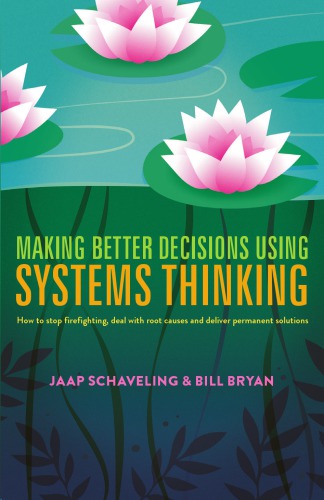

Most ebook files are in PDF format, so you can easily read them using various software such as Foxit Reader or directly on the Google Chrome browser.
Some ebook files are released by publishers in other formats such as .awz, .mobi, .epub, .fb2, etc. You may need to install specific software to read these formats on mobile/PC, such as Calibre.
Please read the tutorial at this link: https://ebookbell.com/faq
We offer FREE conversion to the popular formats you request; however, this may take some time. Therefore, right after payment, please email us, and we will try to provide the service as quickly as possible.
For some exceptional file formats or broken links (if any), please refrain from opening any disputes. Instead, email us first, and we will try to assist within a maximum of 6 hours.
EbookBell Team

5.0
28 reviewsThis book provides a framework to help managers go beyond simply fighting fires every day, offering the tools to address the underlying causes of recurring problems and deliver long-term solutions.
The most obvious part of any problem is the pain it causes. The desire to end the pain and find a solution – any solution – that will make it go away now is usually so great that it blinds managers to the underlying systemic cause of the problem. The result is that we ‘solve’ the problem today and then it comes back again tomorrow or next week, again and again.
We are only addressing the symptoms but never understanding the cause – like picking the flower heads off weeds but not digging them out at the roots.
Schaveling and Bryan offer the insights and tools managers and leaders need to achieve a longer term and more effective approach by stepping back and analysing the system as a whole. And at the heart of any system are human beings – notoriously short-term and pain-averse creatures who will behave in whatever way minimises pain today even at the expense of pain tomorrow.They show how to detect the behavior patterns that have become engrained in the organisation and which underlie complex situations so that root causes of problems can be identified. Once the system responsible for the problem is understood smarter decisions can be made to devise interventions that solve the core problem instead of wasting energy fighting the symptoms.